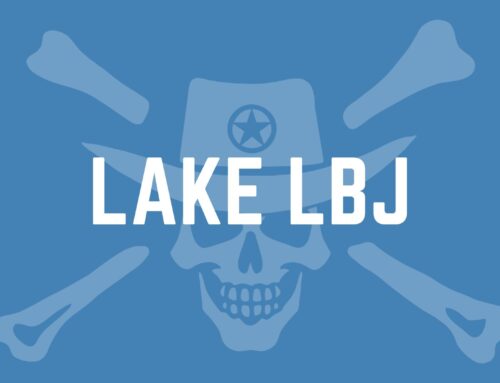Great Western Cattle Trail History: Legendary Texas Cattle Drives
The Great Western Cattle Trail was one of the most significant historic cattle trails in American history. It played a crucial role in the post-Civil War cattle industry, enabling Texas ranchers to transport their cattle to northern markets and significantly shaping the economy and culture of the American West.
The Origins of the Great Western Cattle Trail
The Great Western Cattle Trail began in South Texas and extended northward, reaching destinations as far as Nebraska, Wyoming, Montana, and the Dakotas. Covering thousands of miles, the trail passed through key waypoints such as Kerrville, Fort Griffin, and Dodge City before branching out to various northern destinations. The trail traversed diverse and often challenging terrains, including plains, rivers, and prairies, testing the endurance and resilience of both the cowboys and their cattle.
The origins of the trail are rooted in the need to transport large herds of Texas longhorns to northern markets where beef demand was high. This necessity led to the establishment of a well-defined route that would become known as the Great Western Cattle Trail.
Route and Geography
The trail started in South Texas and moved through several key cities, including:
- Kerrville, Texas
- Fort Griffin, Texas
- Vernon, Texas
- Dodge City, Kansas
- Ogallala, Nebraska
- Cheyenne, Wyoming
- Billings, Montana
These cities were critical stops that provided resources and rest for the cattle and cowboys. The route was chosen for its accessibility to water and grass, which were essential for the success of the drives.
Key Figures
Several key figures were instrumental in establishing and popularizing the Great Western Cattle Trail. Among them was John T. Lytle, a prominent cattleman who was one of the first to drive cattle along the trail. His successful drives helped establish the trail’s viability and popularity. Additionally, many cowboys and ranchers contributed to the trail’s development, each bringing their own expertise and resilience to the challenging drives.
Time Period
The Great Western Cattle Trail was heavily used from the late 1870s to the 1890s. This period was marked by the expansion of the cattle industry and the growing demand for beef in northern markets. The trail provided a crucial link between Texas cattle ranchers and markets in the northern Great Plains, significantly boosting the cattle industry during this era. However, the rise of railroads and the implementation of quarantine laws eventually led to the trail’s decline, as these new developments provided more efficient and safer means of transporting cattle.
Challenges
The journey along the Great Western Cattle Trail was fraught with challenges. Cowboys and cattle faced harsh conditions, including difficult terrains and unpredictable weather. Crossing major rivers like the Red River posed significant logistical challenges. Encounters with Native American tribes added another layer of complexity and danger to the journey. Additionally, the long distances and scarcity of water and food made the drives grueling for both the men and the animals.
Economic Impact
The Great Western Cattle Trail had a profound economic impact on the regions it connected. By opening new markets in the northern Great Plains, the trail allowed Texas ranchers to sell their cattle at higher prices than those available in the saturated markets of the South. Towns along the trail, such as Kerrville, Fort Griffin, and Dodge City, became important hubs for cattle trade. This economic activity contributed to the growth and prosperity of the regions along the trail, fostering further development and settlement.
Cultural Impact
The Great Western Cattle Trail also left a lasting cultural legacy. The trail and the cowboys who drove cattle along it became symbols of the adventurous spirit and determination that characterized the American West. The cowboy culture that emerged from these cattle drives, with its emphasis on rugged individualism and frontier justice, continues to influence American identity and folklore. Stories of cowboy heroes and legends who traveled the Great Western Cattle Trail have become an integral part of American folklore.
Legacy
Today, the legacy of the Great Western Cattle Trail is preserved through historical markers, museums, and educational programs. The trail is commemorated by various organizations that celebrate its history and the contributions of those who traveled it. Visitors can explore the trail’s rich history through guided tours, reenactments, and visits to key sites along the route. Annual events and educational initiatives ensure that the story of the Great Western Cattle Trail remains alive and relevant for future generations.
Conclusion
The Great Western Cattle Trail’s historical significance and cultural impact continue to be celebrated today, highlighting the adventurous spirit of the American West. By exploring the trail’s history through museums, tours, and reenactments, visitors can gain a deeper appreciation for this pivotal chapter in American history.
Recommended Outbound Links
- National Cowboy & Western Heritage Museum
- Dodge City Convention and Visitors Bureau
- The Handbook of Texas Online





